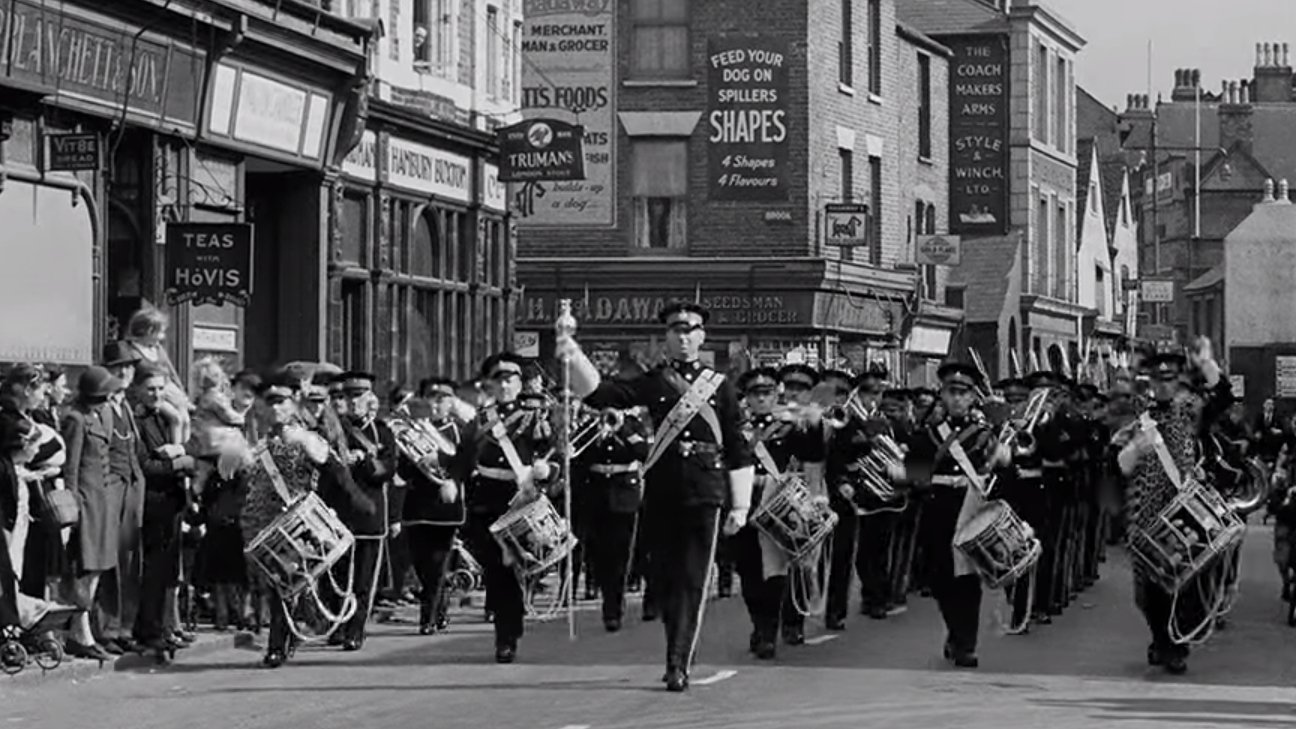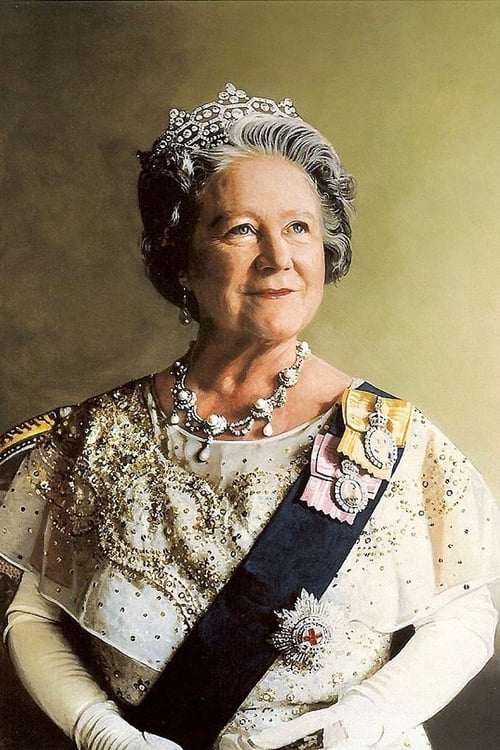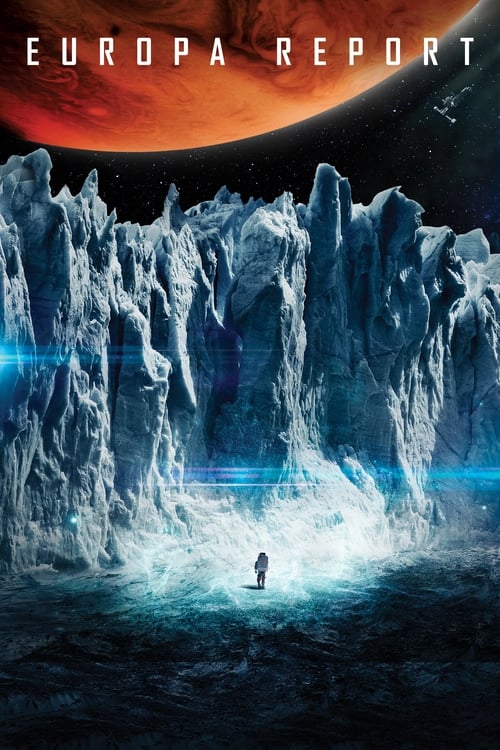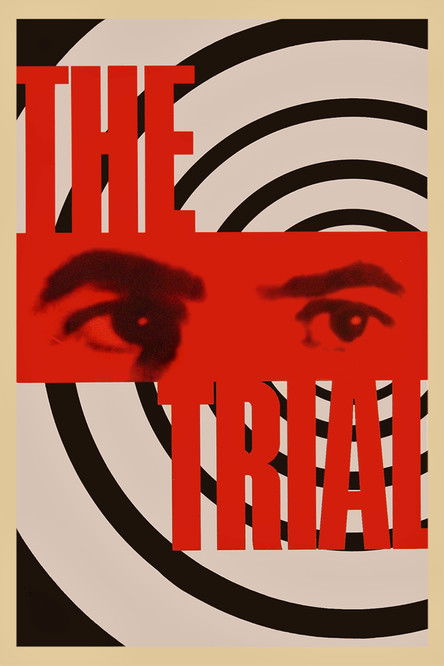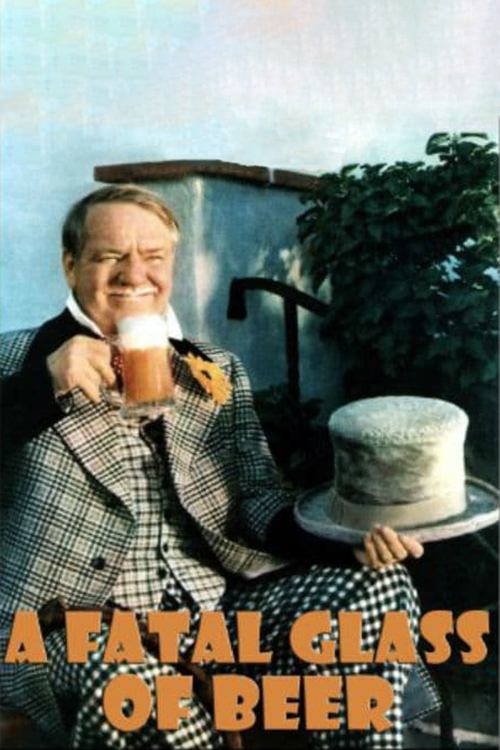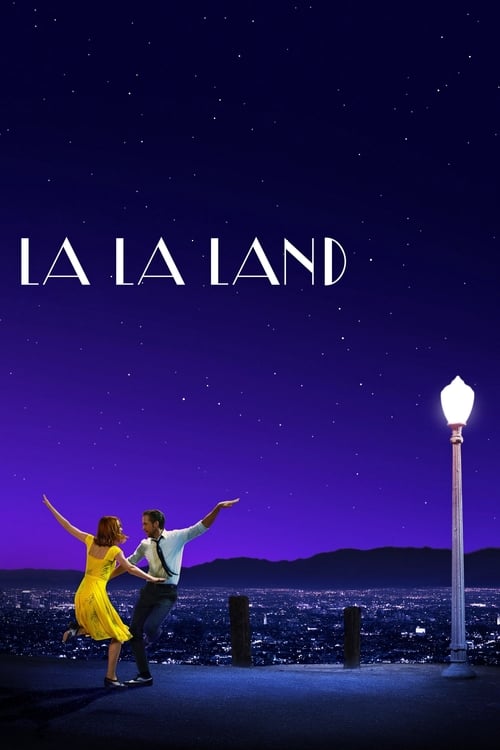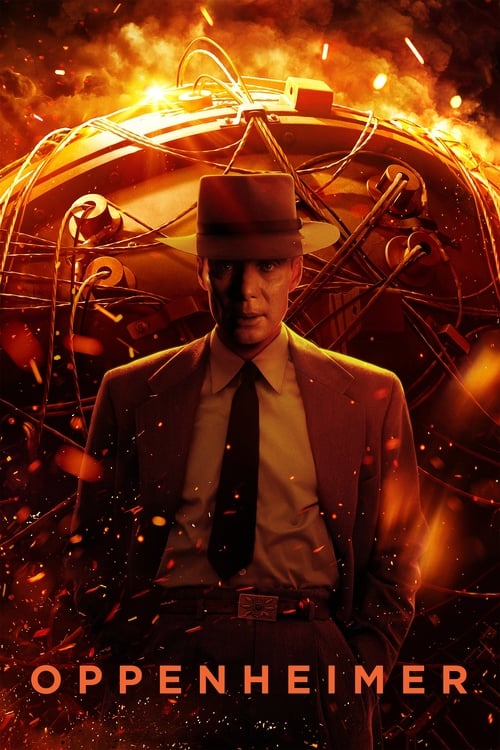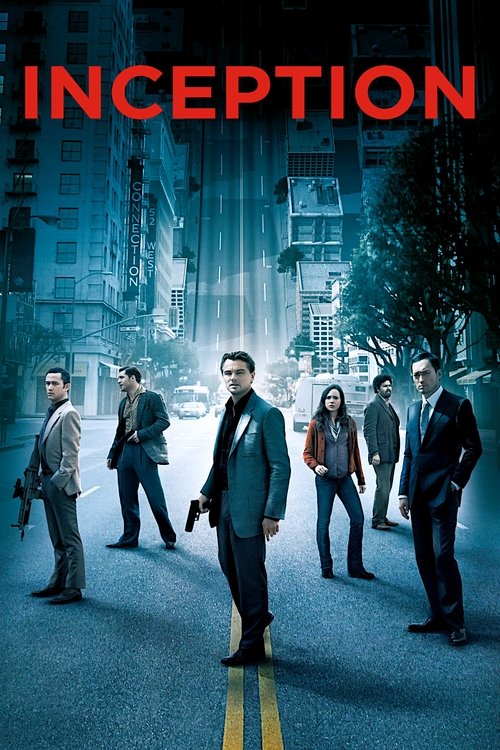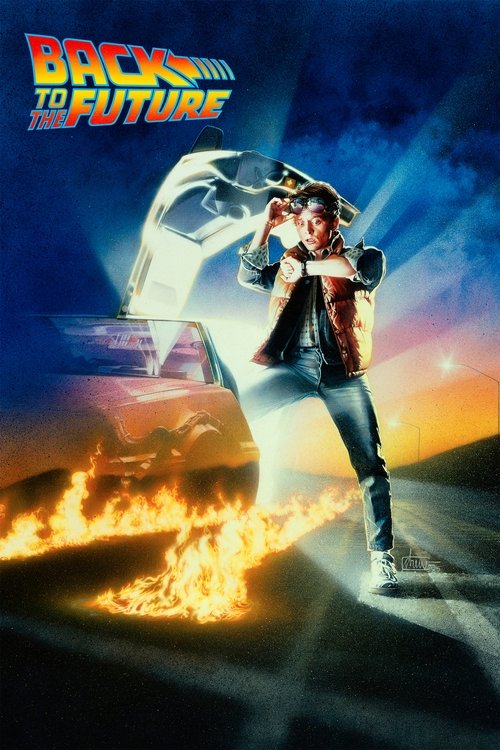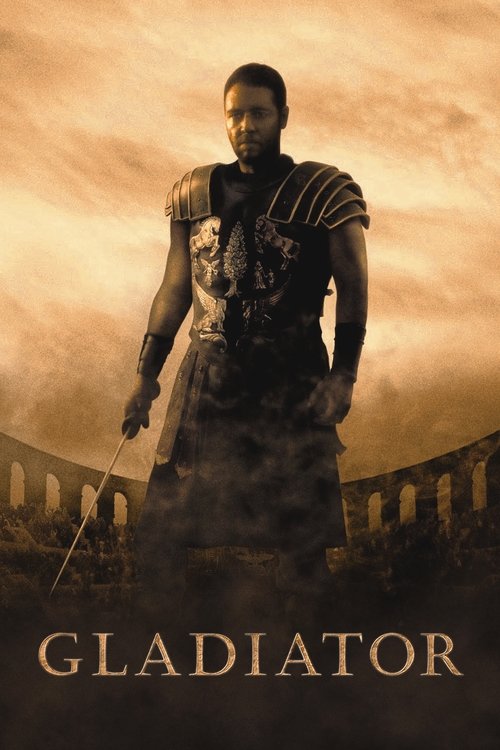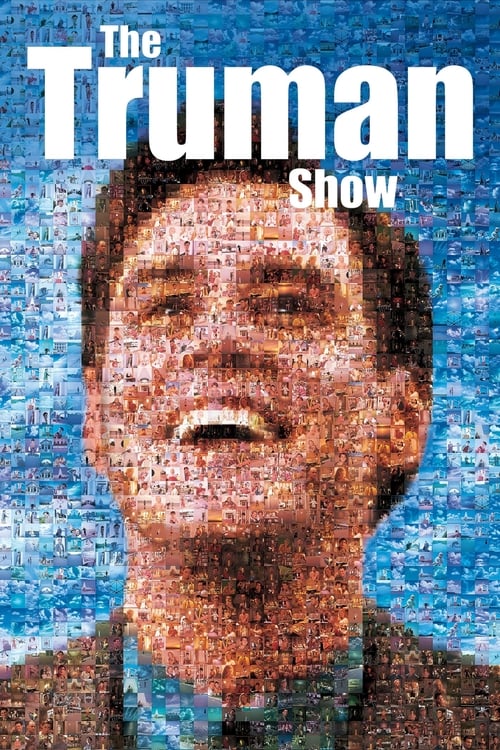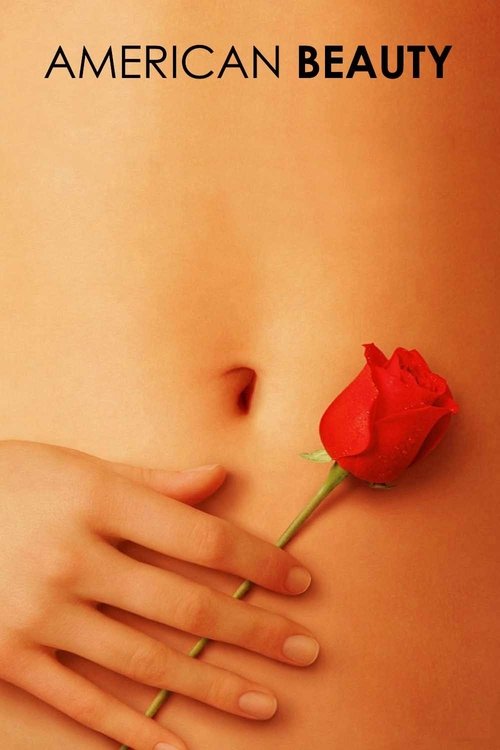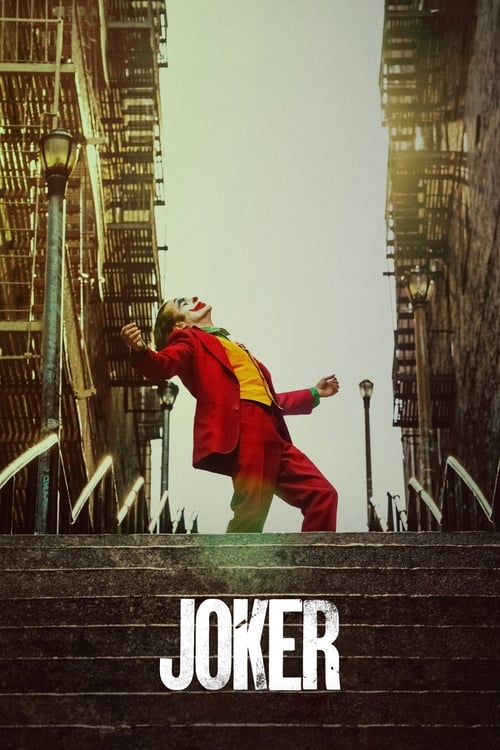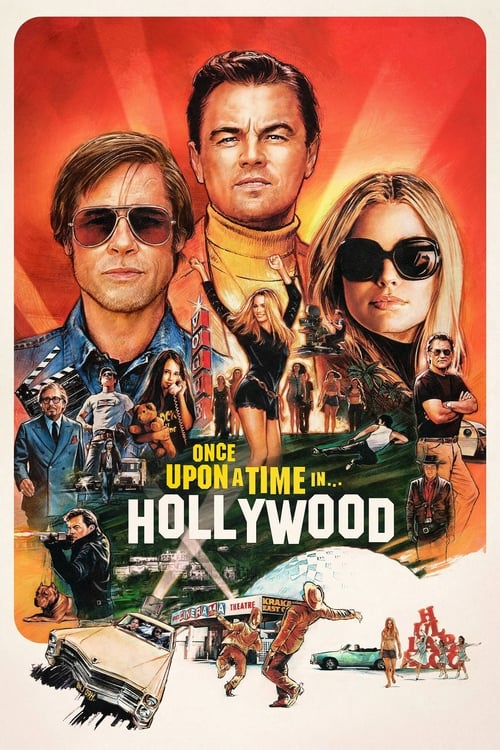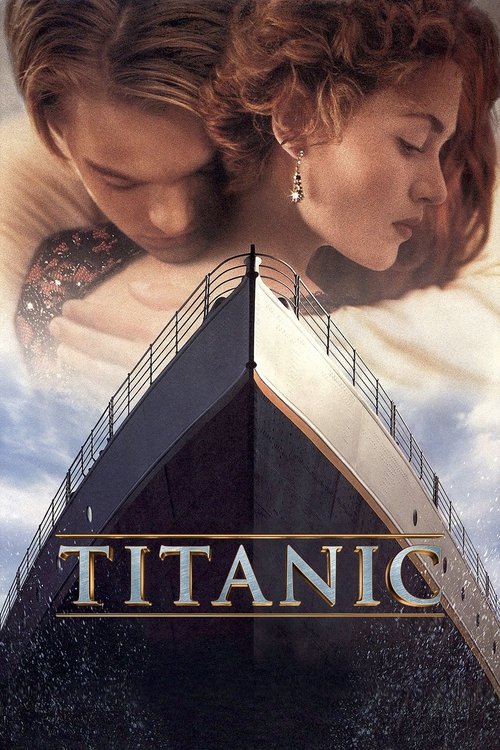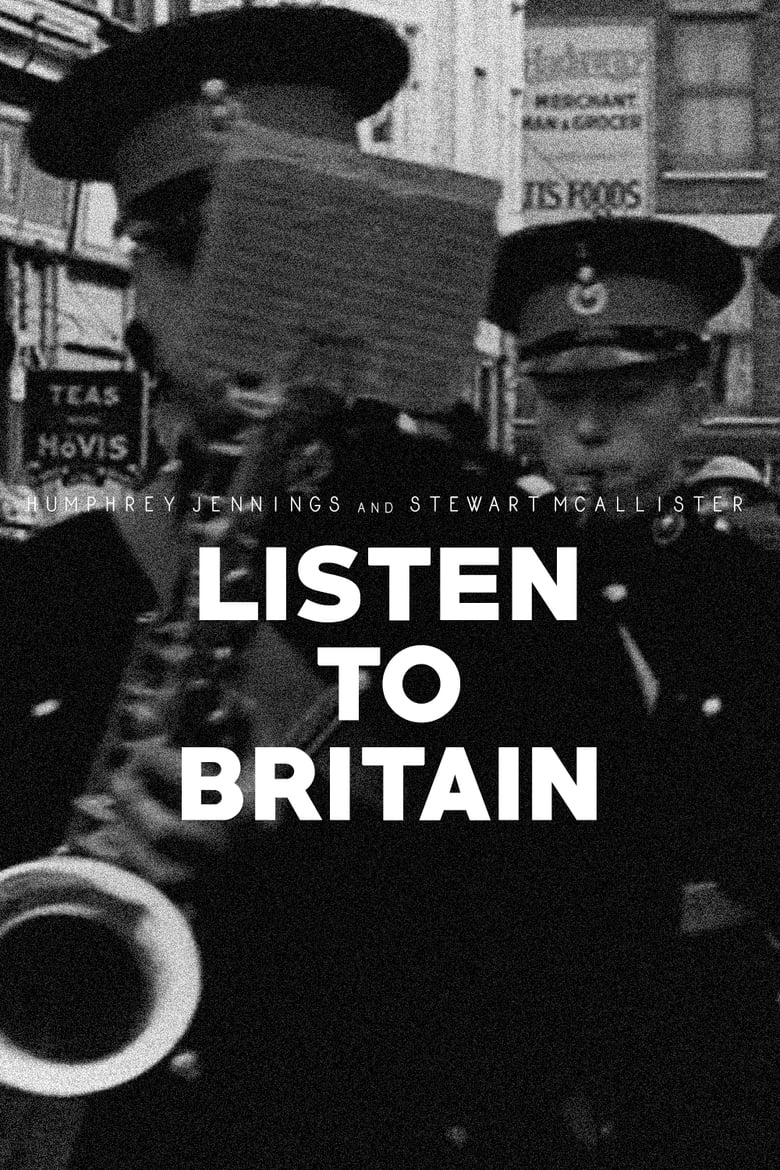
Listen to Britain (1942)
62% User Rating
20min
A depiction of life in wartime Britain during the Second World War. Director Humphrey Jennings visits many aspects of civilian life and of the turmoil and privation caused by the war, all without narration.
Humphrey JenningsDirector
Reviews (1)
All Reviews
CinemaSerf
Rating 70%
July 10, 2025
There’s something about the communality here that’s quite striking. From masses of people eating in the work’s canteen whilst listening to Flanagan and Allen through to a more demure concert in the National Gallery in the presence of HM The Queen, people of all shapes and sizes, classes and ranks gather together to eat, to dance, to sing and to work - and with no narration, we watch and listen for a twenty minutes that is quite poignant. From the land army, the spotters, the fire wardens and those working on the railways and in heavy engineering, we see women of all ages carrying out the crucial work of feeding and arming the country whilst all try to carry on regardless. What we don’t really see is any actual warfare. There are plenty of signs of it’s devastation, but this isn’t a film that shows a people cowering underground in air raid shelters or racing to put out endless fires; indeed it’s its very obvious attempt to convey an industrious normality that works well here. Sure, there is the odd bit of rousing patriotism but for the most part I think this displays a remarkable lack of wartime propaganda and showcases, instead, a variety of archive that shows us more the ordinary people who would win this war.
Media
Currently no videos
